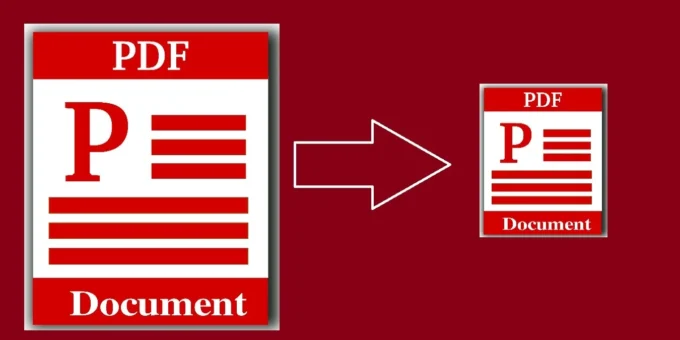Is AI in the Call Centre a Game-Changer?
Customer service has been an environment where innovation flourishes. From savvy call centres to high-tech audio hardware, call centres leverage the tech world to make their operation run smoother and improve customer satisfaction. Integrating natural language processing, machine learning, and other technologies like Artificial Intelligence in call centres has given tremendous advantages. Let us discuss more about how artificial intelligence emerged as a game changer in call centres.
Elevated Customer Experience
AI-powered virtual agents are revolutionizing customer interaction with call centres. They engage with customers in real-time using natural language processing, machine learning and sentimental analysis to understand the query and respond promptly.
The call centres in Australia use these virtual agents to significantly reduce customer weighting time. Thus, it enhances the overall satisfaction of the customers. Hence, use this interactive voice response, including chatbots and virtual assistance, to give your customers personalized and interactive customer service.
Improved Call Routing

It wasn’t long ago when skill-based routing was a new concept that used customer profiles to pair with agents whose skills were up to the task of assisting them. Now, AI customer services have drastically increased the speed of determining the agent for a particular customer. Call centres in Australia that have call routing systems use a self-learning algorithm to analyze customer personality, behavioural data, and call history. With the help of this information, the best approach to handling the call is determined. It sends simple requests to support chatbots if possible, else it transfers the call if it is too complex and requires human touch.
Facilitate self-service and call deflection options
AI cannot do everything that human agents can do, but it can give satisfactory solutions for simple requests. You can leave some day-to-day questions and other basic interactions that can fall under the category of self-service. You can use these AI to help your customers complete simple tasks like placing an order, paying a bill, and checking a balance on their own so your human agents can answer more complex questions. You can also increase the potential of AI on more significant- self-service automation, but for this, you need to provide more accurate data. AI cannot answer with insufficient data. Hence, prioritize data and analytics if you want your AI to perform a large role in responding to customers.
Get a Better Understanding of Customers

AI helps to improve the customer experience by making it more interactive and efficient. It also helps in providing call centres with early insight into customer behaviour. It predicts emerging customer needs and quickly provides solutions to solve issues. AI provides detailed customer information and behavioural profiles about all your agents. This information helps the customer service team quickly adjust to customer needs.
Reduced Operational Cost
AI automates routing tasks and optimizes the process. This helps to reduce the operational costs in contact centres. It also improves efficiency, optimizes resources and minimizes error. By minimizing errors, AI ensures a more precise operational environment. Hence, it fosters productivity and reliability, ultimately leading to improved customer experiences.
Speech and Text Analytics
AI-driven speech analytics reviews the audio recording of customer interaction, including phone calls. It automatically records the conversation, identifies keywords, highlights critical issues or trends, and gauges customer sentiment. It also helps you to help monitor the agent’s performance. It identifies training needs and provides valuable customer feedback and preferences. AI tools evaluate the call recording and analyze whether the agent met the QA scorecard criteria or not.
Forecasting and Scheduling

To optimize the employee scheduling process, workforce forecasting tools use predictive analytics. You can choose from a wide range of AI-powered forecasting methods to adjust variables and scenarios and to set customer scheduling rules. Forecasting helps call centres prepare for optimizing staffing levels across digital and voice channels, maintain call volume fluctuations, and manage absenteeism. Automated live schedule adjustment and real-time adherence ensure wait time are low, while automated PTO and schedule change requests keep employee engagement high. Thus, with the help of Forecasting tools, you can automatically create and implement suggested agent schedules based on predictive analytics and agent scheduling preferences.
Process Automation
In call centres, automation is a game changer. AI helps to automate routine tasks. This allows agents to focus on complex queries and meaningful customer experience. For example, in an AI-driven call centre, if a customer is all for routing the regular account check, the call can be directly sent to the automated system that securely accesses and provides the related information in real time. This not only accelerates the resolution process but also frees human resources for more intricate customer service.
Chatbots

Chatbots powered by conversational AI allow customer service automation to integrate with ticketing, digital channels, CRM tools, and helpdesk to provide personalized service. Conversational AI conducts semantic searches about unstructured data to ensure bot-generated responses are as accurate as possible. Chatbots can be pre-programmed with automated workflows. It uses intelligent routing to transfer customers to live chat agents and collect valuable customer data.
Data-Driven Decision Making
AI provides call centres with data driven by customer preference and insight. With the help of this business, can you predict which communication tool a customer prefers? Whether they respond to human interaction or automated responses. It also helps to analyze what type of question is most relevant. With this, businesses can identify the areas of improvement. For example, suppose any analytics identifies a continuous bottleneck in a particular process. In that case, the call centre can implement targeted solutions to streamline the process and, thus, help to increase customer satisfaction and efficiency.
Bottom Line
AI has drastically changed how call centres operate. By implementing AI technologies, call centres have significantly improved customer service delivery. These advancements have led to an improved customer experience marked by increased efficiency and effectiveness in agent interactions. Through automation and intelligent algorithms, AI streamlines processes, empowering agents to address customer queries accurately. Undoubtedly, AI technologies make our lives easier. Therefore, leveraging AI is a wise option to enhance the customer experience and improve agents’ productivity.























































